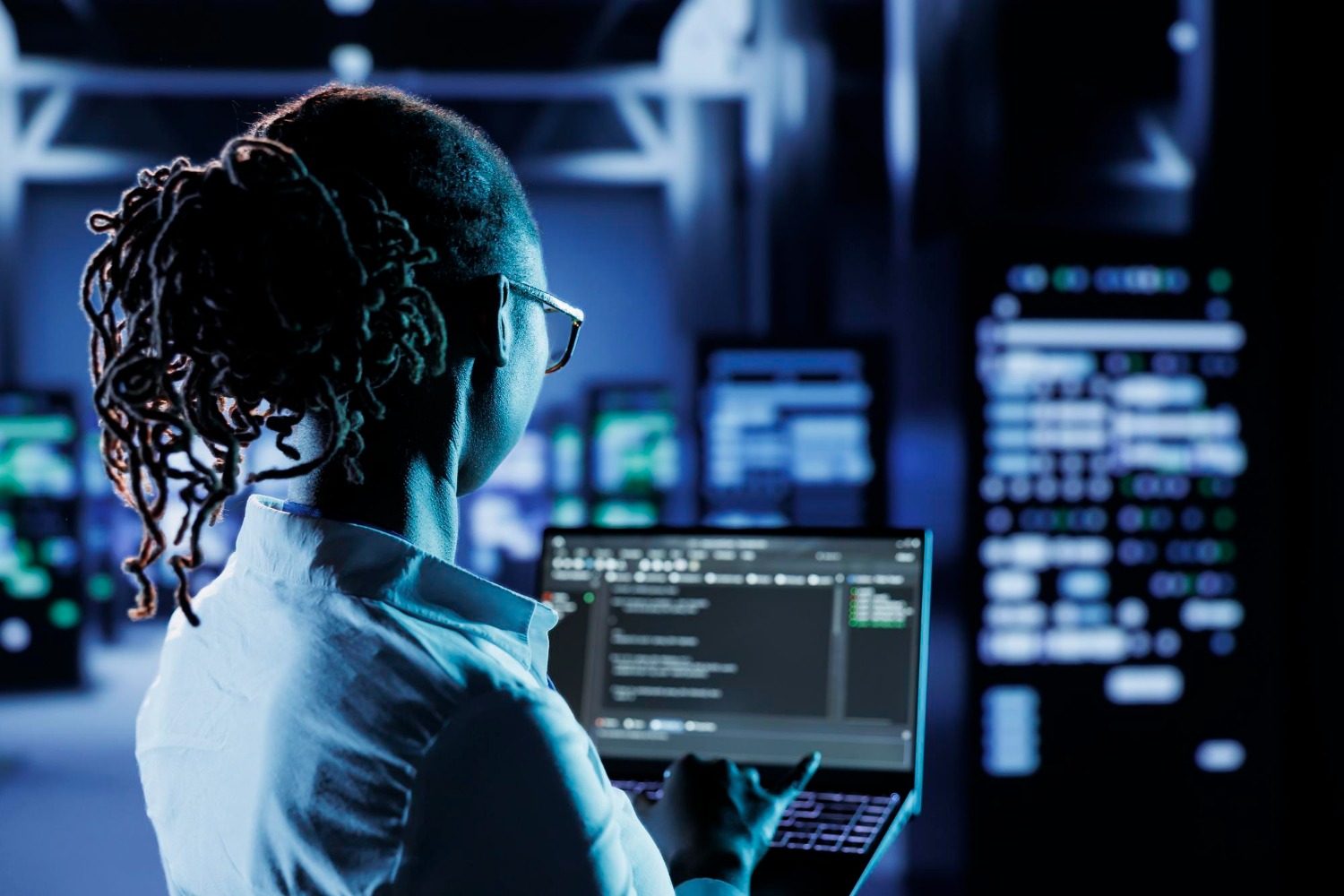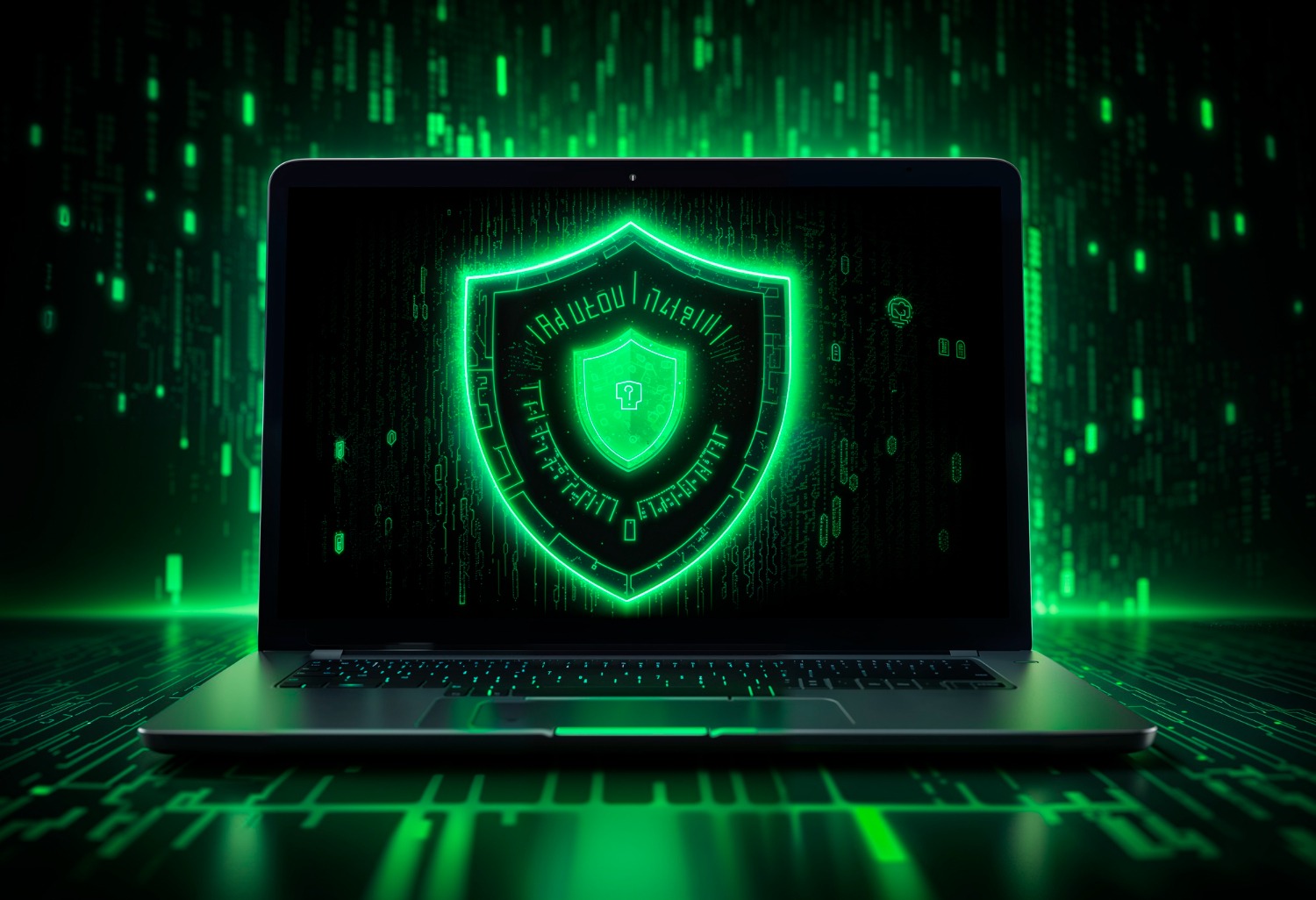Cybersecurity: The Rising Threat of AI-Powered Cyberattacks
Cybersecurity threats are evolving at an alarming rate. With artificial intelligence (AI) advancing rapidly, cybercriminals now leverage AI to launch more sophisticated attacks. These AI-driven threats are faster, more adaptive, and harder to detect than ever before.
For businesses, individuals, and governments, this presents a growing challenge. Traditional cybersecurity measures may no longer be enough to counter these intelligent threats.
Explore how AI-powered cyberattacks work, their potential risks, and how organisations can stay protected.
Understanding AI-Powered Cyberattacks
AI has transformed various industries, including cybersecurity. While AI is being used to strengthen security systems, it is also being exploited by cybercriminals to develop highly advanced cyberattacks.
What Makes AI Cyberattacks Different?
Traditional cyberattacks often rely on manual input and predefined scripts. AI-driven attacks, on the other hand, can:
- Learn and adapt: AI can analyze security defences and modify attack strategies in real time.
- Automate attacks: AI enables hackers to launch automated, large-scale attacks with minimal effort.
- Evade detection: AI can generate human-like behaviour, making it harder for security systems to identify malicious activities.
How Cybercriminals Use AI in Attacks
Cybercriminals are leveraging AI in various ways, including:
- AI-Powered Phishing Attacks
- AI can generate highly personalized phishing emails by analyzing a user’s social media activity, online behaviour, and past interactions.
- AI chatbots can even engage in real-time conversations to trick users into revealing sensitive information.
- Deepfake Attacks
- AI can create realistic deepfake videos and voice recordings to impersonate executives, employees, or public figures.
- Attackers use deepfakes for social engineering scams, financial fraud, and political manipulation.
- AI-Driven Malware
- AI can create self-evolving malware that adapts to security measures, making it difficult to detect.
- Some AI-based malware can scan networks, find vulnerabilities, and exploit them automatically.
- Automated Password Cracking
- AI-powered brute force attacks can crack passwords much faster than traditional methods.
- AI can predict password patterns based on user data, increasing the success rate of attacks.
- AI-Enhanced Denial-of-Service (DoS) Attacks
- AI can optimize DoS attacks by learning network patterns and identifying the best time to overwhelm a system.
- AI-powered botnets can coordinate large-scale attacks with minimal human intervention.
The Impact of AI-Powered Cyberattacks
AI-driven cyberattacks pose significant risks to individuals, businesses, and governments. Here’s how:
1. Threat to Businesses
- AI attacks can lead to data breaches, causing financial and reputational damage.
- Ransomware powered by AI can target businesses more effectively, increasing the chances of success.
- Intellectual property theft can cripple a company’s competitive edge.
2. National Security Risks
- AI-powered cyber warfare can be used to target critical infrastructure, such as power grids and financial institutions.
- Governments may struggle to keep up with the evolving nature of AI-driven threats.
3. Increased Fraud and Scams
- AI-generated deepfake scams can deceive individuals into making financial transactions or sharing sensitive data.
- AI-powered fraud can manipulate financial markets and disrupt economies.
4. Privacy Concerns
- AI can collect, analyze, and exploit personal data at an unprecedented scale.
- This can lead to identity theft, financial fraud, and mass surveillance threats.
How to Protect Against AI-Powered Cyberattacks
As AI-driven cyber threats grow, organizations and individuals must take proactive steps to enhance cybersecurity.
1. Strengthen Security Measures
- Implement multi-factor authentication (MFA) to reduce the risk of unauthorized access.
- Use strong and unique passwords to make AI-based password attacks more difficult.
- Encrypt sensitive data to protect it from AI-driven breaches.
2. AI vs. AI: Fighting Fire with Fire
- Deploy AI-driven cybersecurity tools that detect and respond to threats in real-time.
- Use behavioural analysis to identify suspicious activities before they cause harm.
3. Employee Training and Awareness
- Educate employees about AI-powered phishing, deepfake scams, and other emerging threats.
- Conduct regular cybersecurity training to help employees recognize and report suspicious activities.
4. Advanced Threat Detection Systems
- Invest in next-generation firewalls and intrusion detection systems that use AI to detect evolving threats.
- Monitor network activity for unusual behaviour and act swiftly against anomalies.
5. Stay Updated with Security Patches
- Regularly update software, operating systems, and security applications to close vulnerabilities.
- Enable automatic updates to ensure protection against the latest threats.
6. Implement Zero-Trust Security Models
- Adopt a zero-trust approach, where no entity—inside or outside the organization—is automatically trusted.
- Limit access to sensitive data and systems based on user roles and verification.

The Future of AI in Cybersecurity
AI will continue to shape the cybersecurity landscape, both as a weapon for attackers and a shield for defenders.
What to Expect in the Coming Years?
- More advanced AI-driven attacks with improved deception techniques.
- Better AI-powered security tools that can predict and prevent attacks before they occur.
- Stricter regulations on AI usage to prevent its exploitation by cybercriminals.
Organizations that embrace AI for cybersecurity while staying vigilant against AI-powered threats will have the best chance of staying secure.
Conclusion
AI is transforming cybersecurity, but it is also empowering cybercriminals with new and dangerous tools.
AI-powered cyberattacks are faster, smarter, and more adaptable than traditional threats. From AI-driven phishing scams to deepfake fraud, the risks are growing rapidly.
To combat these threats, businesses and individuals must take a proactive approach—leveraging AI for defence, enhancing cybersecurity awareness, and implementing advanced security measures. The battle between AI-powered attacks and AI-driven defences has only just begun. The question is—are we ready?




